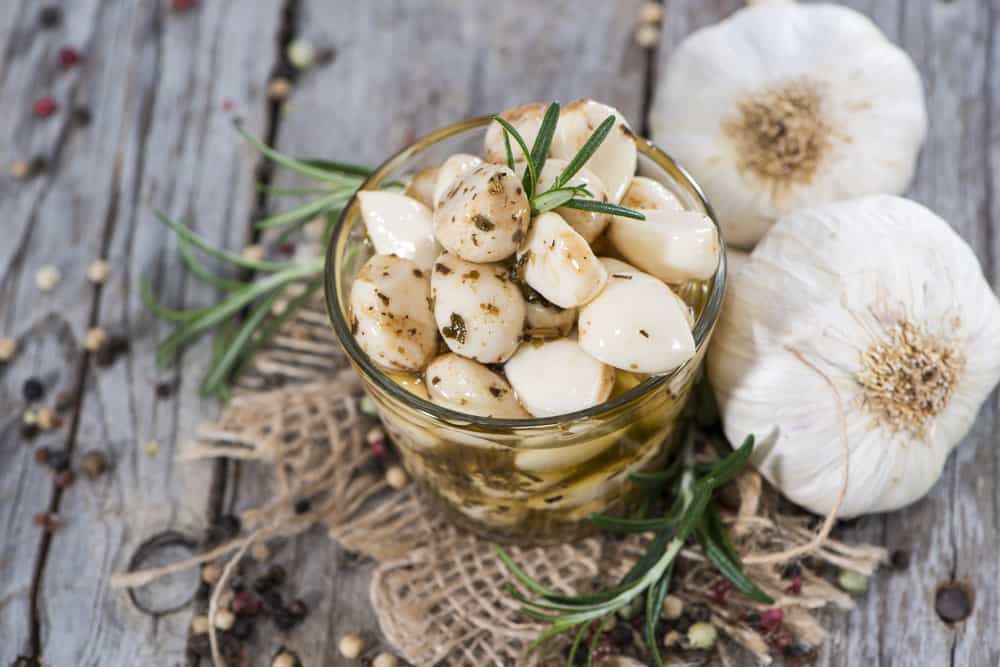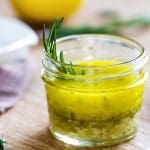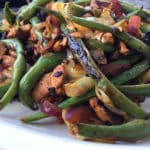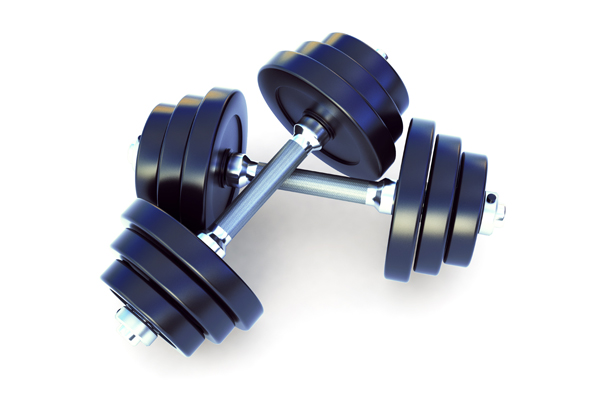Garlic Facts:

PQ (Protein Quality) x PDCAAS (Protein Digestibility Corrected Amino Acid Score) - 61
Additional Contents
- alliin
- thiols
- lutein
- allicin
- ajoene
- zeaxanthin
- allyl sulfides
- oleanolic acid
- diallyl sulphate
- p-coumaric acid
Potential Health Benefits
- powerful anti-inflammatory properties
- anti-bacterial & anti-fungal properties
- powerful anti-caner properties
- lower "bad" cholesterol
- insulin sensitivity boost
- immune system health boost
- cardiovascular system health boost
- antioxidant
Potential Athletic Benefits
- Improve blood viscosity for increased aerobic potential.
- Increase blood oxygen content to help feed oxygen demanding muscles. (VO2 max increase)
- Reduce bone, joint, and muscle inflammation for improved recovery times.
Glycemic Index Rank
30 out of 100
| Rank | Value |
|---|---|
| Low Glycemic | less than 55 |
Food Sensitivity Rank
>1 to 1 ratio
| Rank | Value |
|---|---|
| High for Fructose Sensitivity | more than 1 (fructose to glucose ratio) |
Garlic reins high as being a top inhibitor of inflammation, cancer, and cardiovascular disease. It has been shown to increase athletic performance and also decrease post-workout inflammation. Garlic can be eaten regularly, however, fructose intolerant individuals should eat garlic in small amounts, less often.
- Onion and Garlic Use and Human Cancer
- Anti-Inflammatory and Arthritic Effects of Thiacremonone
- Immunomodulation and Anti-Inflammatory Effects of Garlic Compounds
- Effect of Cooking on Garlic Anti-Platelet Activity and Thiosulfinates Content
- Influence of Garlic or its Main Active Component Diallyl Disulfide on Iron Bioavailability and Toxicity



diallyl sulfate
Sources include: USDA
***All-Body Fitness takes no responsibility for the accuracy of the information provided above. Please contact a medical doctor or a registered dietitian for nutrition advice.


 Fitness
Fitness Nutrition
Nutrition